
Facial nerve palsy occurs when the facial nerve, responsible for controlling facial muscles, becomes damaged or paralyzed. This condition can result in weakness or loss of movement on one side of the face, affecting eyelid function, facial symmetry, and even the ability to smile. Common causes include:
Symptoms of facial nerve palsy vary depending on severity but may include:
These symptoms can impact not only function but also confidence and quality of life.
Contact us to schedule an evaluation for facial nerve issues.
Treatment for facial nerve palsy depends on its cause and severity. Dr. David Gay offers a range of surgical and non-surgical options, including:
Dr. Gay tailors each treatment plan to the patient’s unique needs, focusing on restoring both function and aesthetic harmony.
Learn more about Dr. Gay’s surgical expertise.
Recovery varies depending on the procedure performed. In general:
Dr. Gay provides detailed aftercare instructions and follow-up care to ensure the best possible outcomes.
Dr. David Gay’s expertise in oculoplastic and reconstructive surgery makes him uniquely qualified to treat the complex effects of facial nerve palsy. With a deep understanding of facial anatomy, he delivers personalized care that prioritizes both function and aesthetics. Patients trust Dr. Gay for his precision, compassionate approach, and commitment to restoring confidence.
Explore patient testimonials and success stories here: